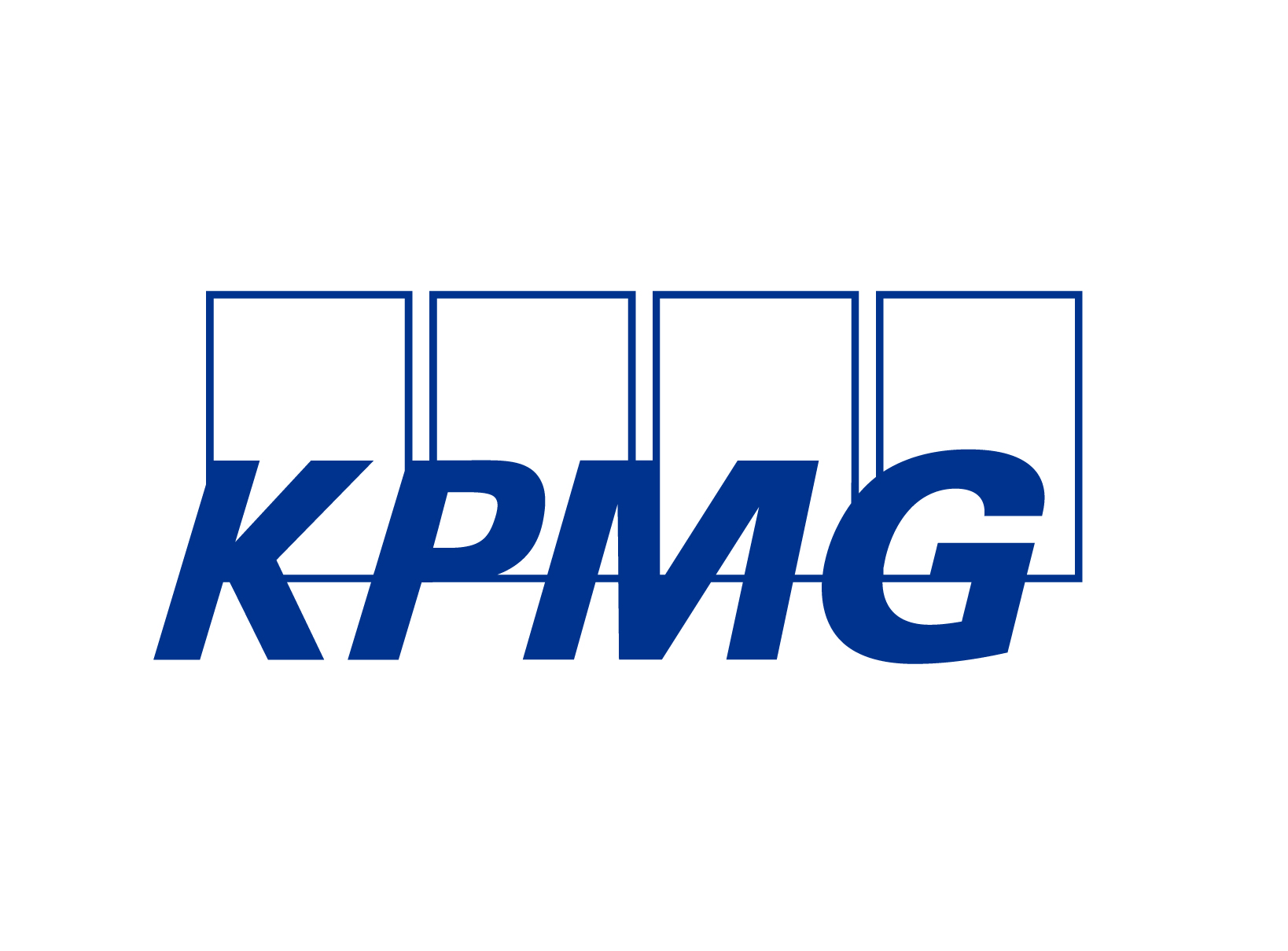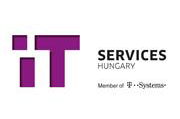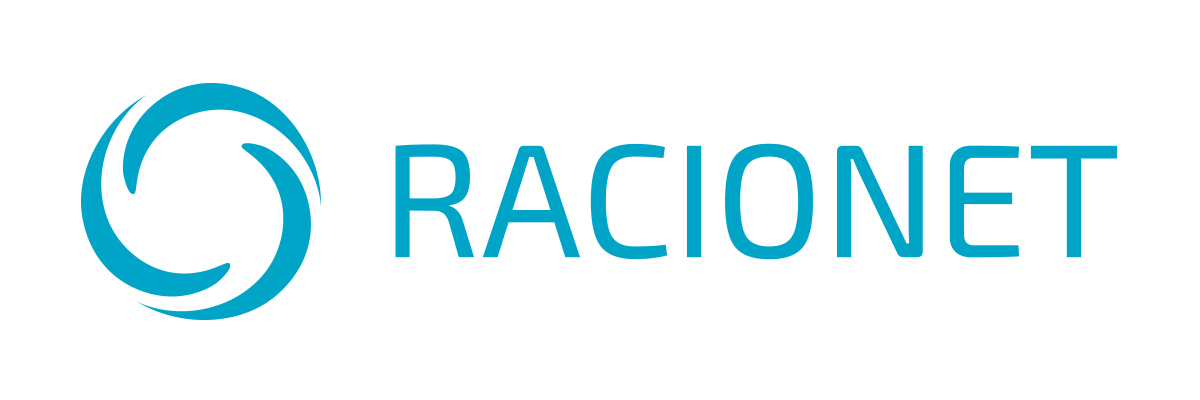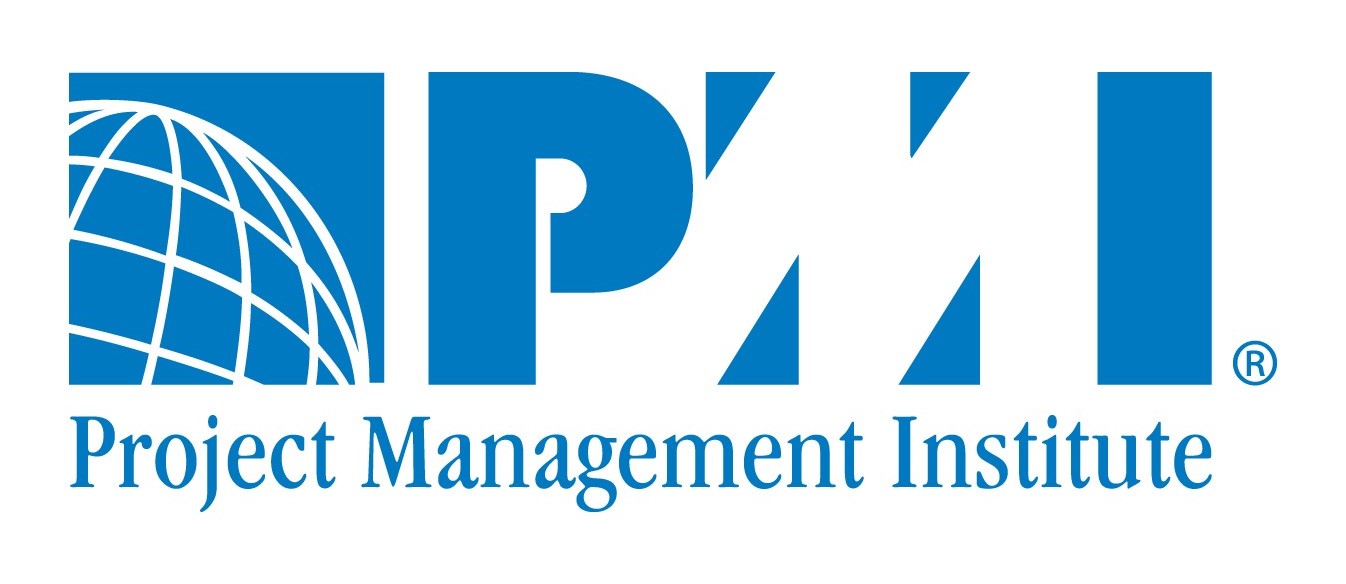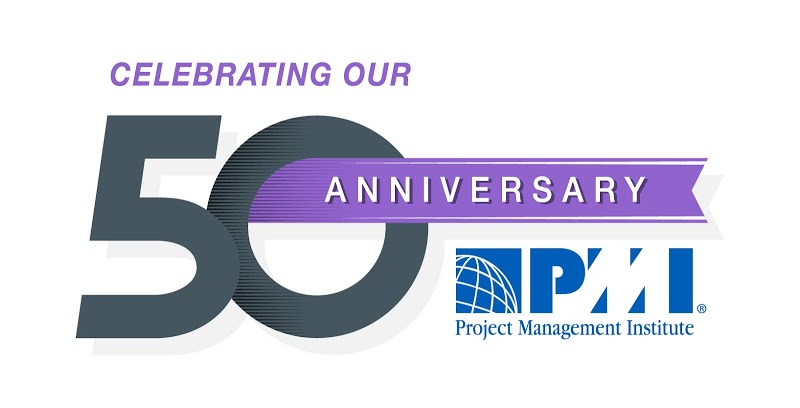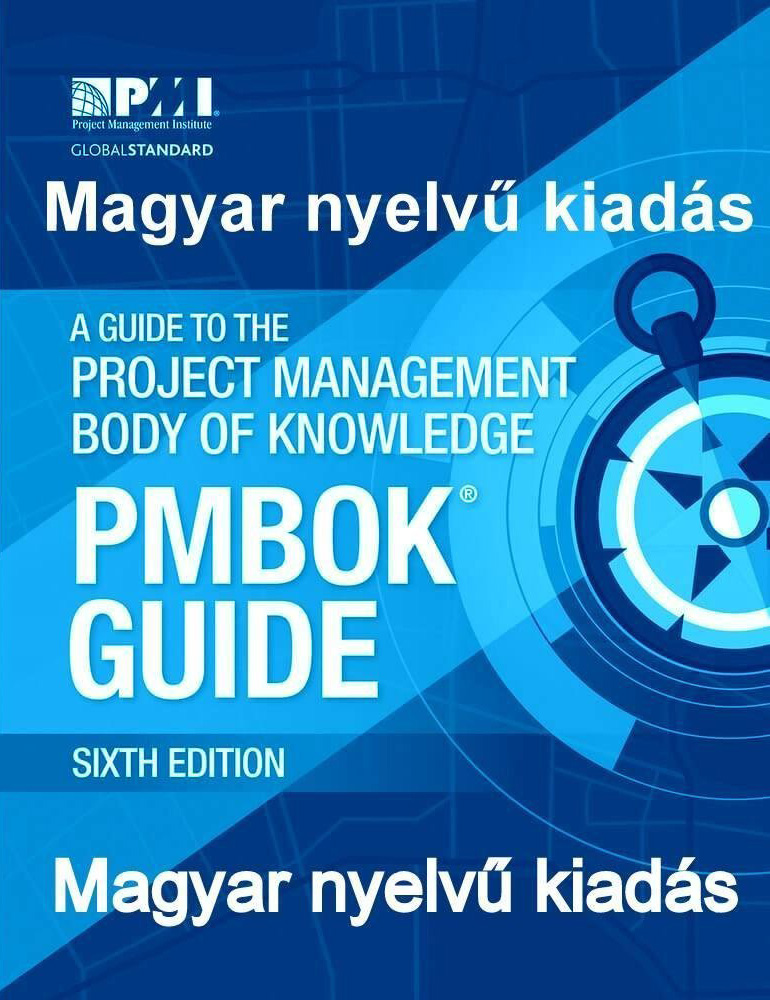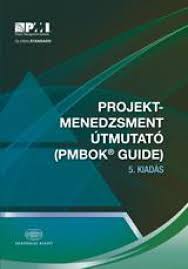Processing, prioritizing, and tracking incoming work requests takes a lot of effort, especially when they’re coming at you from so many channels: emails, meetings, instant messages, informal conversations, and more. Managing this deluge of requests is time-consuming, unwieldy, and can be difficult to sustain as your company scales.
These best practices will help you bring order to the chaos of incoming work so you can spend more time on important projects and less time trying to decide what you should work on next.

Best Practices for Work Intake Processes
1. All requests must be formally submitted.
Draw a clear line in the sand: even if a new project is formally discussed in a meeting, informally mentioned in the hallway, or requested in an email, nothing gets done unless it’s submitted through Requests. Map out the types of requests your team receives and all the information needed to complete the tasks, then make sure everyone who works with your team understands the new process and knows exactly where to find the relevant request forms. When you insist on a clear work intake process you’ll have all the details you need upfront, which cuts down on rework (and guesswork). Plus, you’ll know exactly who to go to with any questions or clarifications.
2. Keep all your incoming requests in a single place.
New requests should automatically be routed to one central location, (may we suggest Wrike?) where they can be organized in folders, prioritized, and tracked. When all your requests can be found in one place, instead of scattered through emails, sticky notes, verbal requests, or spreadsheets, nothing gets lost or forgotten. You’ll know who’s responsible for each request and its status, and any duplicate requests can be easily identified and cleared from the queue.
3. Organize requests as they’re coming in.
Instead of reviewing all your outstanding requests when you’ve finished work and are ready to tackle a new project, keep your incoming projects organized by assigning priority as they are submitted. This will keep work flowing and enable your team to work faster, since they can see exactly what work they should focus on on next instead of guessing — or twiddling their thumbs, waiting for decisions to be made and instructions to be given.
4. Have one gatekeeper who’s responsible for prioritizing incoming work.
Whether it’s a team lead, project manager, or department head, having one person monitoring incoming requests and setting priorities is essential for keeping your team aligned and focused on the most important work, without confusion or conflicts.
5. Map incoming requests to strategic goals.
Hold periodic meetings (monthly or quarterly) to review your goals, plan upcoming work, and ensure that the requests you’re prioritizing and spending resources on are actually furthering your most important department and company goals.






